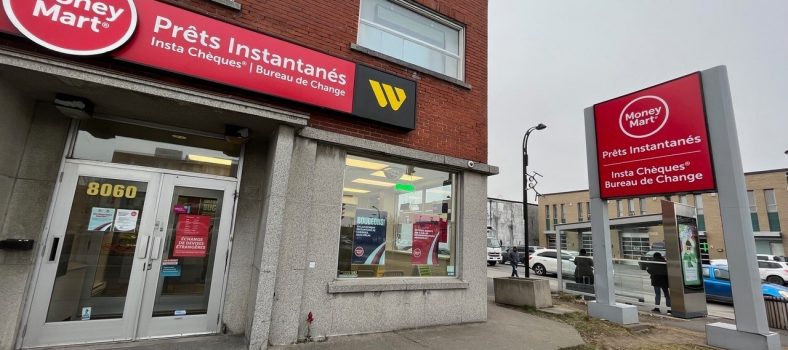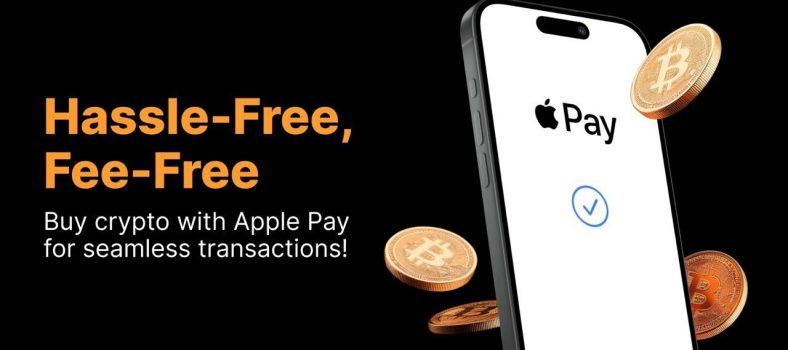 By Lorenzo Pellegrino
By Lorenzo Pellegrino
As Paysafe discovered when we surveyed consumers in April, COVID-19 and the social distancing measures Canada and other countries have put into place to combat the virus have impacted when, where, and, arguably most importantly, how they are spending money.
The shift to eCommerce is one clear and potentially unsurprising consequence. A third of Canadians (33 percent) are shopping online more frequently, with 15 percent of consumers in the country shopping online for the first time since the COVID-19 outbreak, and this is in turn affecting the payments methods they use. But there are other reasons habits are changing.
The potential economic consequence of COVID-19
Another easily identifiable consequence of COVID-19 is the economic impact it is having on many people. Unemployment, lack of available freelance work, reduced wages, and reduced hours are all significantly hitting many consumers’ financial circumstances as businesses around the globe combat the negative effects of COVID-19 on their operations.
With less disposable income, many will inevitably reduce the overall amount of money they spend. But could it also impact how they choose to spend money? With some payment methods being easier than others to track spending, will this differentiator become key for consumers?
Businesses have already noticed a change in the way people are spending
Businesses believe that the answer is yes. In September we surveyed 1,100 online businesses in Canada and the U.S. as well as the U.K., Germany, Italy, Austria, and Bulgaria, on the impact COVID-19 is having on them, and they were clear that the pandemic is making a difference to the way consumers are making payments.
Looking at Canada, over two thirds of businesses (68 percent) told us that they have noticed a change in consumer behaviour regarding their online payment method preferences since the start of the outbreak. Of these changes, an increased use of digital wallets is the shift in payments methods that has been identified by the greatest percentage of Canadian businesses (43 percent). But other alternative payments methods, such as eCash (identified by 28 percent of eCommerce firms in Canada), are also growing in popularity.
When we asked businesses why they think these changes are taking place, Canadians wanting a more seamless payments experience (43 percent) and a more secure payment method due to fraud concerns (41 percent) were the top reasons they identified. For the latter trend, the economic impact of COVID-19 may be a contributing reason here, with consumers increasingly being concerned about financially coping if they were unable to recover the funds. But interestingly, an almost as significant reason – proposed by over a third (37 percent) of businesses – is that Canadian consumers are using payment methods to track their spending more accurately.
This is not necessarily a new phenomenon. We have seen the rise of digital banks in the past half a dozen years, and one of the main advantages of these financial services is the ability to maintain a better view of how and when you are spending money.
But like many other trends, COVID-19 may have accelerated people wanting more control over the granular details of their spending habits. In difficult economic times, tracking expenditure allows consumers to live within their means and income, even saving to ward of future uncertainty.
Payments as an assessment of spending behavior
So how do alternative payments fit into this consumer objective? Limiting spending by moving away from bank cards and especially credit cards is one method. Itemizing purchases more clearly as per a digital wallet is another. Prepaid methods (i.e. a loadable source of funds where the amount credited cannot be exceeded) that prevents you from overspending or budgeting via a digital wallet is another.
In this instance a consumer may budget themselves $150 a month to spend on takeout food; if they only use their prepaid payment method to pay for food deliveries and only upload $150 at the beginning of each month, they won’t exceed the limit they set themselves.
One other example of this would be using an eCash product as a form of “pocket money” or spending control between parents and children. We have all heard stories of parents giving their kids access to their credit card details through games that offer app-based purchases, and the child running up huge bills. By uploading cash to a prepaid card, or giving the child cash that they can upload to a prepaid card themselves, parents can be assured that the child won’t intentionally or accidentally overspend when gaming.
Moving forward
Overall, the impact of COVID-19 will continue to affect consumer spending for the foreseeable future and potentially permanently. Consumers have told us that they plan to spend more money online even when COVID-19 is no longer a factor in their lives, and that the criteria they use to decide which payments methods has changed. For businesses, expanding the options available in their online checkout to retain and acquire new customers will only grow in importance.
Canadian consumers are increasingly gravitating towards online retail and eCommerce, with alternative payment methods like digital wallets and eCash solutions seeing significant growth, partly due to their ability to better track and control expenditure. Amidst economic uncertainty, could APMs help get Canada back on track?
Lorenzo Pellegrino, CEO, Skrill, NETELLER & Income Access, at Paysafe
Lorenzo is CEO of Skrill, NETELLER and Income Access. Prior to assuming his current role, Lorenzo was the Executive Vice President of Digital Development for Optimal Payments plc from 2012 to 2015. Before joining Optimal Payments, he held executive level positions at Skrill (previously known as Moneybookers); first as Vice President for Sales and Account Management in the UK and then as Vice President of Business Development in the US.
Lorenzo earned his degree in Public Administration and International Institutions Management from the Università Commerciale “Luigi Bocconi”, located in Milan, Italy. He also attended the University of Westminster in the UK, where he completed a Business Certificate & Diploma, with a focus on Marketing.




